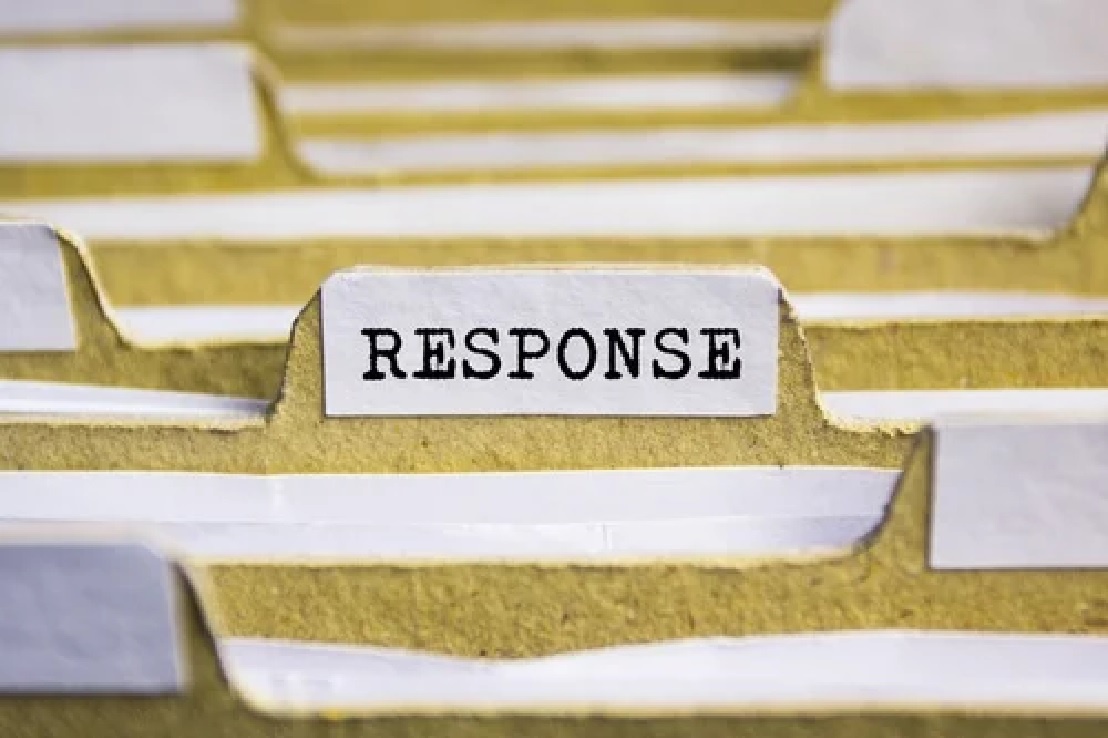Introduction
In today's digital age, information technology (IT) is the backbone of nearly every business and organization. However, this reliance on IT systems also means that the consequences of system failures, data loss, or cyberattacks can be catastrophic. To ensure business continuity and minimize potential downtime, it's crucial to have a well-defined IT disaster recovery (DR) plan in place. In this article, we'll discuss the best practices for IT disaster recovery to help you prepare for the worst.
Risk Assessment
Before creating an IT disaster recovery plan, it's essential to assess the potential risks and vulnerabilities specific to your organization. Consider factors such as location, industry, and the nature of your IT infrastructure. This assessment will help you prioritize which systems and data are most critical to your operations and need the highest level of protection.
Define Recovery Objectives
Establish clear recovery time objectives (RTOs) and recovery point objectives (RPOs). RTO refers to the maximum acceptable downtime, while RPO is the acceptable amount of data loss in case of a disaster. These objectives will guide your IT disaster recovery strategy and help determine the appropriate technologies and processes to implement.
Create a Comprehensive Plan
Develop a well-documented IT disaster recovery plan that outlines step-by-step procedures to follow in the event of a disaster. The plan should cover various scenarios, including hardware failure, data corruption, natural disasters, and cyberattacks. Make sure it's easily accessible to all relevant personnel.
Backup and Redundancy
Regular data backup is a fundamental aspect of disaster recovery. Implement automated backup solutions for critical data, and store backups in secure, off-site locations. Utilize redundancy for mission-critical systems, such as redundant servers and network connections to ensure continuous operation.
Disaster Recovery Team
Appoint a dedicated disaster recovery team responsible for executing the plan when needed. Team members should be trained and familiar with their roles during a disaster, and they should work in coordination with IT personnel to minimize downtime.
Regular Testing and Drills
Testing and drills are essential to ensure that your disaster recovery plan works effectively. Schedule regular tests and simulations to identify weaknesses in your plan and address them before an actual disaster occurs.
Communication Strategy
During a disaster, effective communication is crucial. Establish a clear communication plan that includes how to inform employees, stakeholders, and clients about the situation, progress, and expected downtime. Utilize multiple communication channels for redundancy.
Security Measures
Incorporate robust security measures into your disaster recovery plan to prevent data breaches and cyberattacks during and after a disaster. Implement encryption, firewalls, and intrusion detection systems, and ensure that all security software and systems are up to date.
Vendor Partnerships
Maintain relationships with reliable IT vendors and service providers. These partnerships can be invaluable during a disaster, as they can provide immediate support, resources, and equipment if needed.
Continuous Improvement
IT disaster recovery is an ongoing process. Regularly review and update your plan to account for changes in technology, business processes, and potential risks. As your organization evolves, so should your disaster recovery strategy.
Conclusion
In an era where IT is integral to the functioning of businesses and organizations, having a robust IT disaster recovery plan is non-negotiable. The best practices outlined in this article serve as a guide to prepare for the worst and minimize the impact of disasters on your IT infrastructure and overall business operations. By conducting risk assessments, defining recovery objectives, creating a comprehensive plan, and regularly testing and updating your strategies, you can ensure that your organization remains resilient in the face of unforeseen IT disasters.


No comments yet